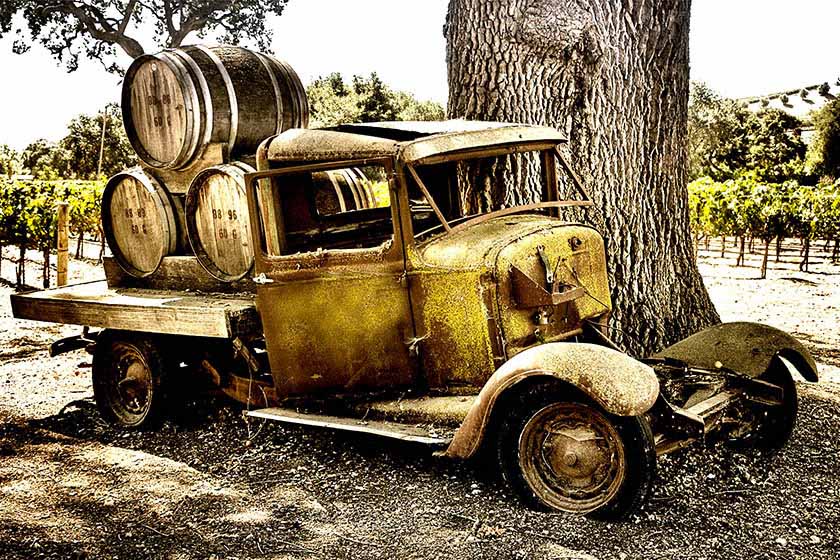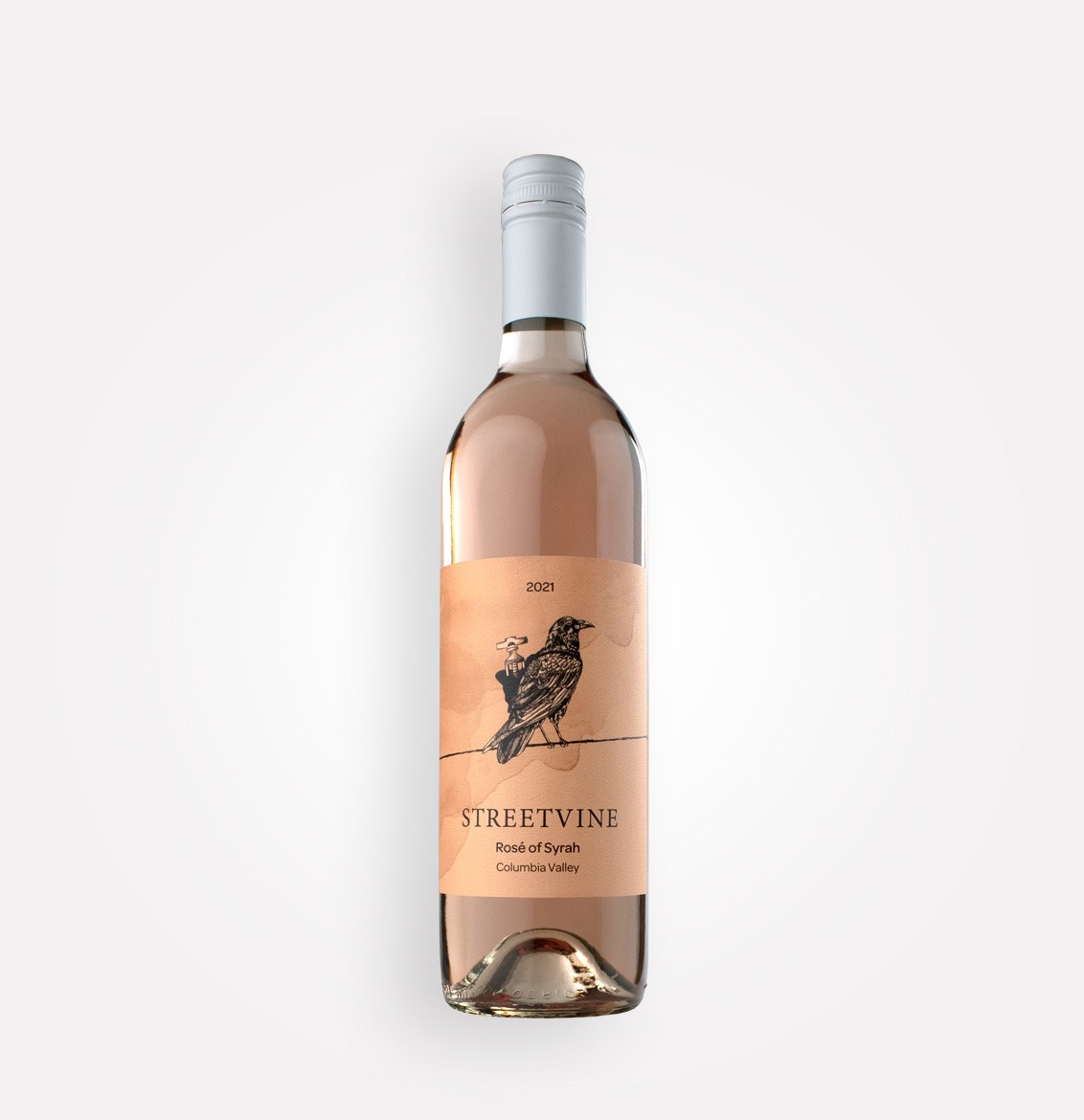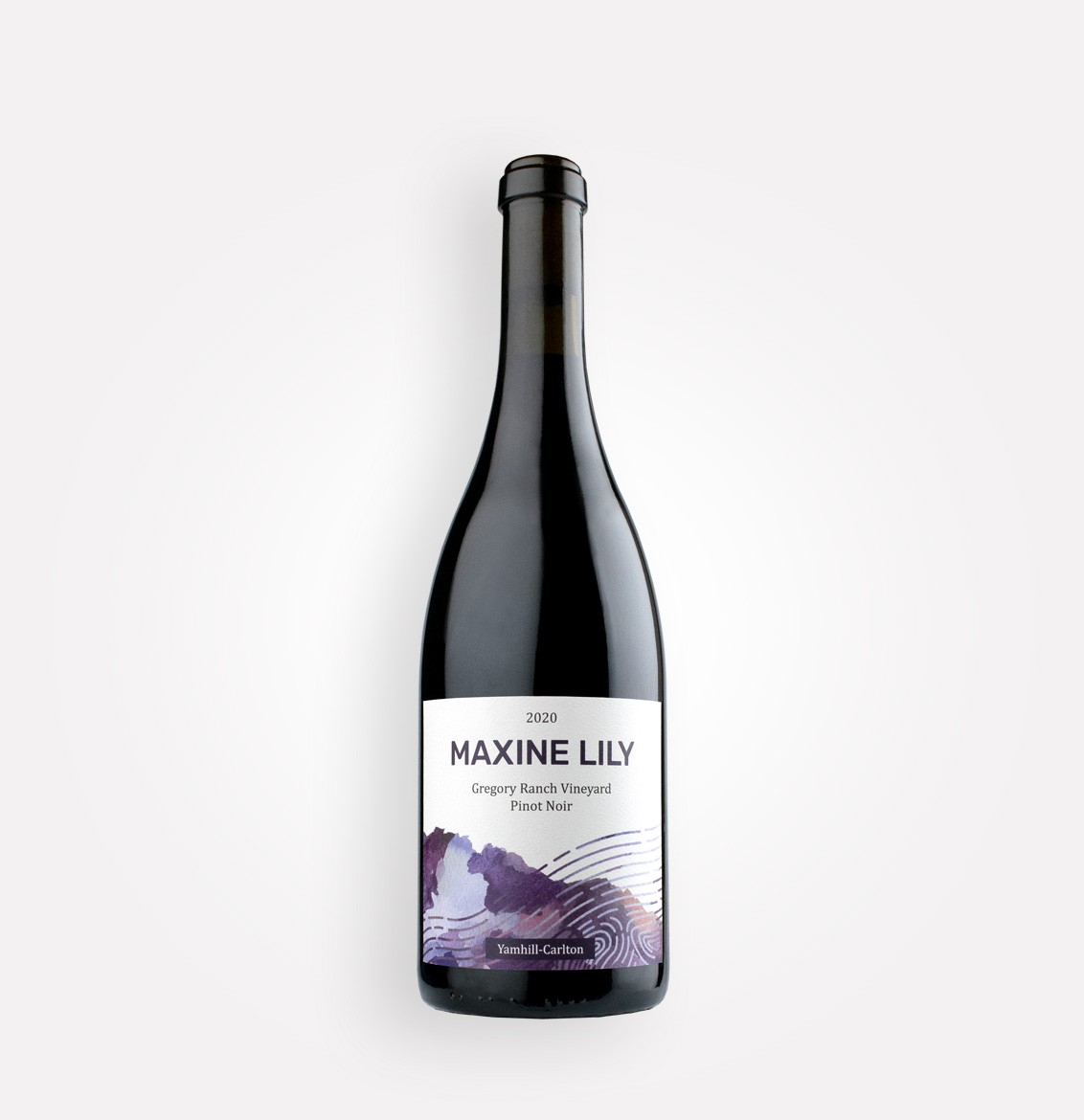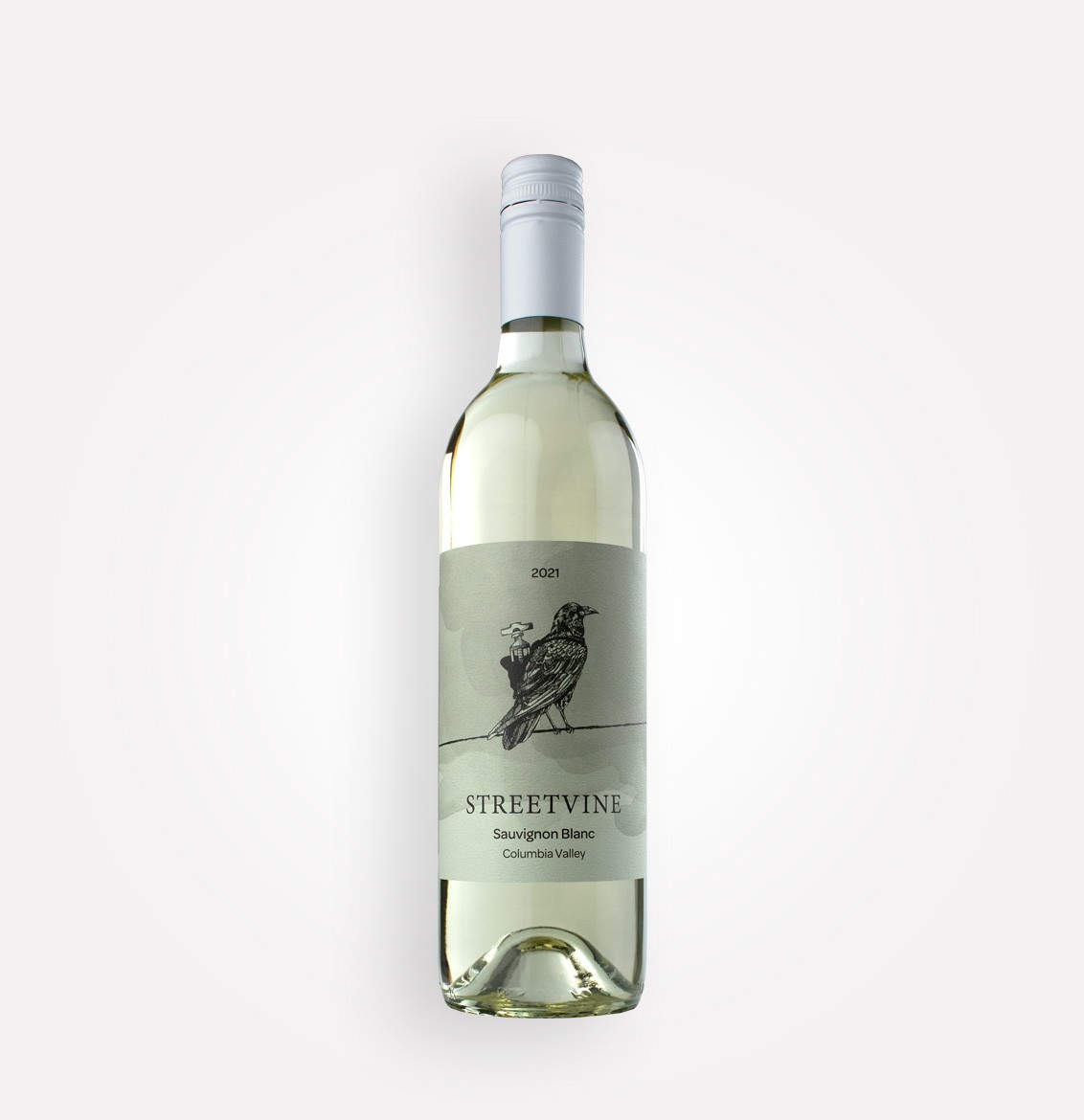A look at the beginning of American Wine History
It is easy to get swept up in the post Prohibition and mid 70s Judgment of Paris stories in American winemaking and forget that we have a long history of learning how to plant our new land and make world-class wine.
Busy in the 1550s!
The first wines were made in the late 1550s when Spanish and French Huguenot settlers used Muscadine grapes. Muscadine is Vitis rotundifolia, native to the southeast United States, making a highly aromatic sweet wine.
The Viking explorers called what would become America Vinland for its rich variety of native grapes. The Jamestown settlers may have thought the same as they tried to make wine to rival the finest European wines. There were decades, if not centuries, of attempts to make indigenous Vitis labrusca, with its wild foxy character and wines that tasted like wet fur, rise to the level of Vitis vinifera wines.
In his article “The Rise of American Wine,” Paul Lukacs describes early efforts by Lord Baltimore in 1619 planting French grapes on his Virginia estate, which all died due to phylloxera, which was unknown at the time. For centuries afterward, notable Americans, including our 3rd president, Thomas Jefferson, continued to plant Vitis vinifera vines unsuccessfully. Jefferson is well known for his appreciation of wine and experimented with many European varieties at Monticello and ultimately concluded it “would take centuries for these grapes to adapt to our soil and climate.” Thumbs up for that understanding of American terroir in 1809!
What’s a Little Scuppernong Between Friends?
Despite sounding like some high alcohol grog served on the cannon deck of a Royal Navy ship, Jefferson was successful with the native Scuppernong grape (also a Muscadine grape). However, he did prefer French wines, and as I read a letter he wrote to Rauzan-Segla in Bordeaux extolling the qualities of their wine, let’s just say that Scuppernong didn’t seem to be on his mind at that time.
Ohio was home to the first commercial success with a sparkling wine from the Catawba grape, a Vitis vinifera, and Vitis labrusca hybrid. After years of planting Vitis vinifera in different locations and soils, Nicholas Longworth finally relented and produced a wine that developed a following. Catawba grapes are still grown for wine in the mid-continental United States.
Vitis Vinifera Rises to the Task
In the west, the first Vitis vinifera vines, Mission, were brought by Catholic missionaries from Spain and planted for sacramental wine in New Mexico in 1629. Surprisingly, it took another 140 years for the missions to expand and bring the Mission grape to San Diego.
Between the 1850s and 1880s, several familiar names we know today, Charles Krug, Jacob Beringer, and Jacob Schram, to name a few, developed vineyards planted with Vitis vinifera vines for European styled wines. These wines were highly regarded, and some were even exported out of the United States.
Ultimately, the fun ended with the passage of Prohibition. Although commercial wine production was limited, individuals could make up to 200 gallons of wine, roughly 84 cases for personal use.
It is easy to get swept up in the post Prohibition and mid 70s Judgment of Paris stories in American winemaking and forget that we have a long history of learning how to plant our new land and make world-class wine.




